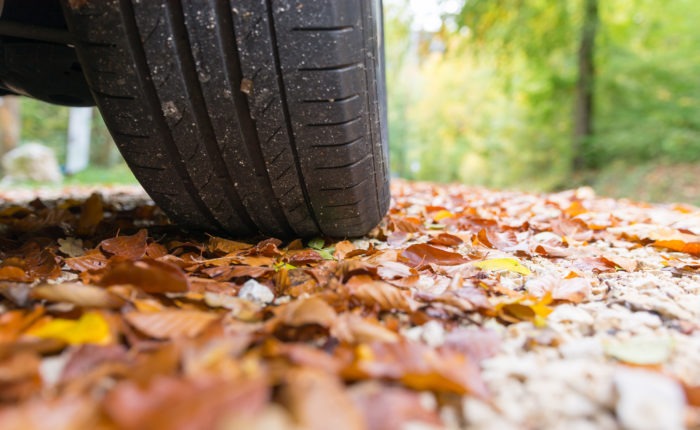Safety Newsletter – October 2022
Slips, Trips, and Falls in Autumn Weather
Thousands of Americans die every year from slips, trips, and falls at work. Fall weather slips, trips and falls become more frequent do to leaves coating the ground and the change in sun light. In an article from Innovative Spine and Orthopedic Clinic it says “Not only do leaves make it a challenge to see what you’re walking on, they often fill dents and holes. In addition, daylight savings time may cause the sunlight to impair your vision and make traveling dangerous” (Common Autumn Inquires – San Antonio, TX). During this time, we would like to reiterate some best kept practices to keep you safe and alert during this change in weather.
Be mindful of your surroundings
- Check the ground around your workspace: do a walk around your area to make sure the ground is sturdy and not slippery.
- If there are spills rope them off, clean them up, and alert your co-workers and supervisor
Don’t Rush
- Take your time, cut down on distractions, don’t carry too much at once, and use handrails
Only work in safely lit areas
- Don’t work in dimly lit areas and let a supervisor know if the sunlight is impairing your vision.
Make sure your shoes are in good condition
- Don’t work in dimly lit areas and let a supervisor know if the sunlight is impairing your vision.
5 Defensive Driving Tips for Commercial Drivers
Commercial drivers must share the road with medium size and passenger vehicles daily. Being aware, anticipating and being prepared for what other vehicles do on the road is part of being a defensive driver
Create a Buffer
- Maintain a good following distance. DOT recommends drivers maintain at least four seconds of distance for commercial trucks traveling up to 40 mph to drive defensively and adding a second for additional 10 mph of speed.
- Leave yourself an out. creating a physical buffer between you and the vehicle in front of you, and space on each side will allow you to react in a safely manner if something unexpected occurs
Look Farther Ahead
- Scan farther ahead to access potential hazards. Look at least 15 seconds in front of you (approximately 1/4 of a mile on the interstate and 1 1/2 blocks in the city). Looking far ahead will allow you to respond early and smoothly to changing conditions ahead and to avoid dangerous, abrupt braking situations. A defensive driver would have more time to see, think and act.
Check for Blind Spots
- Large and medium size commercial vehicles due to their mere size, can have difficulty seeing smaller vehicles both from behind and to the side of their vehicle. This creates “blind spots” in a commercial driver’s filed of vision. It is highly important for professional drivers to check for potential blind spots by looking over their shoulders and out the window when changing lanes instead of solely relying upon mirrors.
Scan Intersections Before Entering
- Scan your surroundings right after the light turns green and just before entering the intersection. This will enable you to be aware of distracted pedestrians and cars that might run a red light or fail to stop in time.
Go the Appropriate Speed, Not the Posted Speed
- Defensive drivers adjust their speed according to their specific road conditions and type of load they are carry. Weather, visibility, traffic patterns, loaded trailer and empty trailer all factor the driver’s decision on how fast they should be driving

